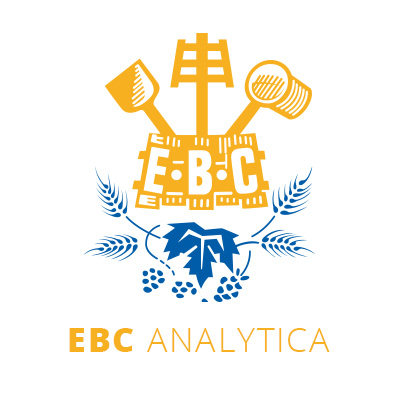- 30/10/2024
- 935
- |
- Safety
- |
- 2024
0 - Safety Instructions
This set of safety instructions should be read before the use of any Analytica EBC Methods. The safety instructions specific to each method are detailed in the individual method's protocol. These safety instructions have been drafted by Campden BRI upon request of The Brewers of Europe/EBC (which produce a series of analytical methods that breweries and their related laboratories can follow to achieve consistent and reproducible results) and are aimed to provide some safety statements covering the general practices to be followed in a laboratory to achieve a safe and productive working environment. These statements are not intended to replace any existing national or supra-national legislation, standards or guidance. It is recommended that these statements are used in conjunction with existing guidance. A selection relevant to an international audience is provided in the Appendix.










